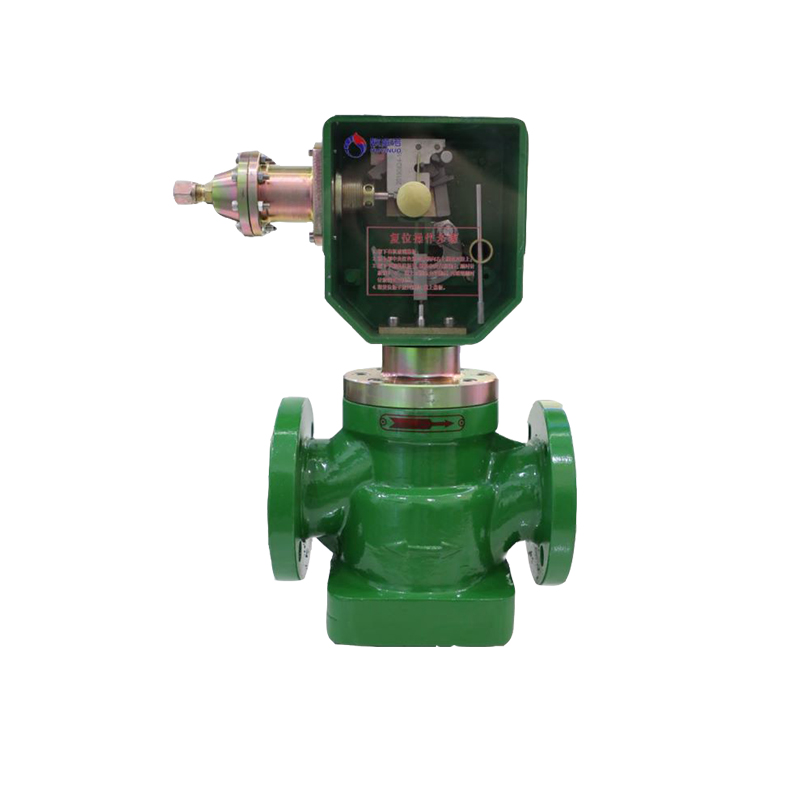
Dec . 11, 2024 09:17
Back to list
Natural Gas Pressure Regulation Valve for Safe and Efficient Energy Management System
Understanding Natural Gas Pressure Reducing Valves
Natural gas is a vital energy source used in residential, commercial, and industrial applications. Ensuring the safe and efficient distribution of natural gas is crucial, especially in maintaining the required pressure levels throughout the delivery process. One key component in this process is the natural gas pressure reducing valve (PRV). This article aims to explore the function, importance, and types of pressure reducing valves in natural gas systems.
What is a Pressure Reducing Valve?
A pressure reducing valve is a mechanical device used to decrease the high pressure of natural gas in pipelines to a lower, manageable pressure for end-users. High-pressure gas is transported through extensive pipeline networks but must be reduced to safe transport levels for homes and businesses. Without a PRV, appliances and systems connected to the gas supply could face damage or malfunction, leading to potential safety hazards.
How Does a Pressure Reducing Valve Work?
The operation of a PRV is based on the principle of pressure sensing and regulating. When high-pressure gas enters the valve, it encounters a diaphragm that detects the pressure levels. As the diaphragm moves in response to changes in pressure, it adjusts the opening of the valve, allowing more or less gas to pass through. This mechanism ensures that the outlet pressure remains constant, regardless of fluctuations in the inlet pressure or demand downstream.
PRVs typically have two primary functions reducing pressure and ensuring safety. They protect downstream systems by preventing pressure from exceeding safe limits and maintain a consistent supply of gas.
Importance of Pressure Reducing Valves
The significance of PRVs in gas distribution cannot be understated. Firstly, they help maintain safety and reliability in gas systems. By keeping pressure within safe limits, PRVs help avert accidents caused by overpressure, such as explosions or leaks.
Secondly, they enhance the efficiency of natural gas utilization. By providing a consistent pressure supply, appliances and heating systems operate optimally, reducing energy waste and lowering utility costs.
natural gas pressure reducing valve

Lastly, pressure reducing valves are vital for regulatory compliance. Many regions have stringent regulations regarding gas pressure levels in residential and commercial settings. Properly functioning PRVs ensure compliance, helping utilities avoid costly fines and legal issues.
Types of Natural Gas Pressure Reducing Valves
There are several types of pressure reducing valves, each designed for specific applications and requirements. The most common types include
1. Single-stage PRVs These are commonly used in residential applications where the inlet pressure is not excessively high. They reduce pressure in one step.
2. Multi-stage PRVs Suitable for high-pressure applications, these valves reduce pressure in multiple stages, providing more precise control and efficiency.
3. Tamper-proof PRVs Designed for use in public or sensitive areas, these valves come with features to prevent unauthorized adjustments, ensuring safe operation at all times.
4. Regulating valves These work similarly to PRVs but often incorporate additional functionalities, such as flow control and monitoring, making them suitable for various industrial applications.
Conclusion
In conclusion, natural gas pressure reducing valves play a vital role in the safe and efficient distribution of natural gas. Their ability to manage and control pressure is crucial in protecting both consumers and infrastructure. Understanding the operation and types of PRVs can help users appreciate their importance and ensure compliance with safety regulations. As natural gas continues to be a significant energy source across the globe, the reliability and functionality of pressure reducing valves will remain paramount for safe energy utilization.
Latest news
-
Safety Valve Spring-Loaded Design Overpressure ProtectionNewsJul.25,2025
-
Precision Voltage Regulator AC5 Accuracy Grade PerformanceNewsJul.25,2025
-
Natural Gas Pressure Regulating Skid Industrial Pipeline ApplicationsNewsJul.25,2025
-
Natural Gas Filter Stainless Steel Mesh Element DesignNewsJul.25,2025
-
Gas Pressure Regulator Valve Direct-Acting Spring-Loaded DesignNewsJul.25,2025
-
Decompression Equipment Multi-Stage Heat Exchange System DesignNewsJul.25,2025

